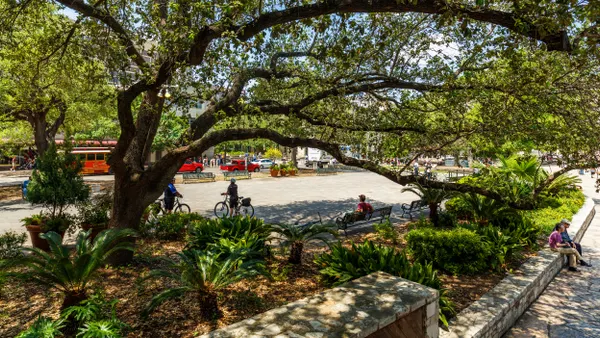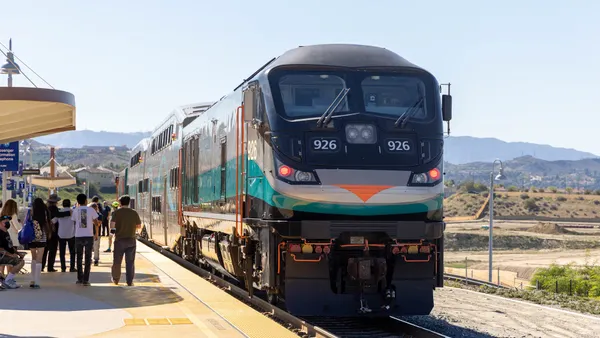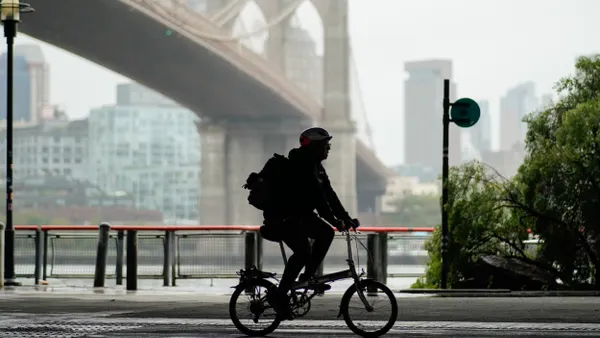Dive Brief:
- Atlanta Mayor Keisha Lance Bottoms announced the city will establish its first Department of Transportation (DOT).
- Atlanta's roadway management functions currently are carried out by a number of departments — including the Department of Public Works and the Department of City Planning — but those duties will be consolidated under the DOT's jurisdiction. Some of the functions will be roadway repair and maintenance, sidewalk and bike lane construction, infrastructure investment programs and streetlight and traffic signal installation and upgrades. The city says the consolidation will streamline funding and project delivery, and it will make sure all roadway projects meet the city's long-term economic and mobility goals.
- The city council will have to approve Bottoms' proposal for the standalone DOT and organizational restructuring, which is expected to occur this spring. Bottoms will appoint a DOT leader once the department is established. Some of the leader's responsibilities will include securing transportation funding, developing more effective relationships with other levels of government and collaborating with local partners.
Dive Insight:
Atlanta's population has been booming — the metro region now stands at about 5.8 million people and is expected to grow by an additional 2.5 million by 2040. Bottoms and other city leaders believe creating the DOT will help the city's strategic growth and the goal of better meeting citizens' needs.
The city has put a keen focus on transportation advancements in the past several years. Last fall, the transit authority released a plan for a major transit expansion throughout the region, including light rail, bus rapid transit (BRT) and arterial bus service. The city released a new long-term transportation plan in December, which has a strong focus on accommodating the region's growth in addition to addressing short-term transportation needs.
The plan noted Atlanta lags other large cities in transit trips and a strong transit infrastructure is necessary to boost ridership. Similarly, a strong overall transportation infrastructure helps to support a region's growth in addition to complementing transit. For example, roadway improvements executed by the DOT will improve traditional bus and BRT flows.
"[T]here are many working families who rely on public transportation. But the importance of transportation extends beyond buses and trains,” Bottoms said during her State of the City Address, in which she announced the creation of the DOT. The "one-stop shop" will "better deliver for Atlanta’s mobility future.”
Municipal departments often find themselves working in silos on similar tasks. But pulling all of those tasks under the umbrella of one department tends to provide better coordination, which leads to greater program effectiveness.











